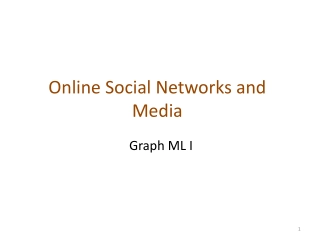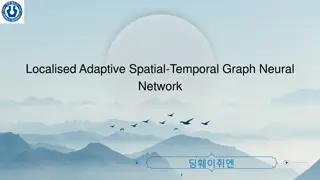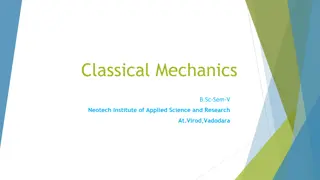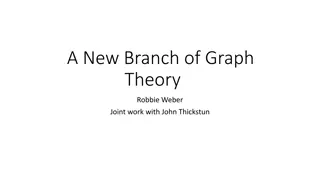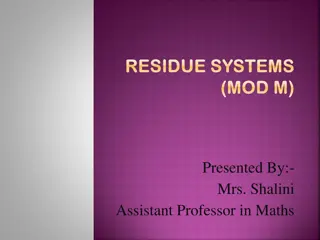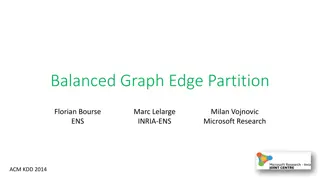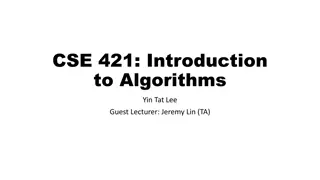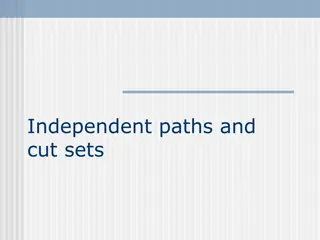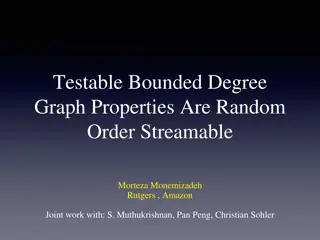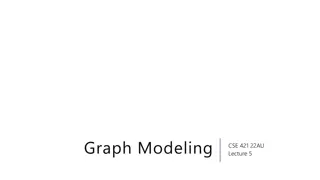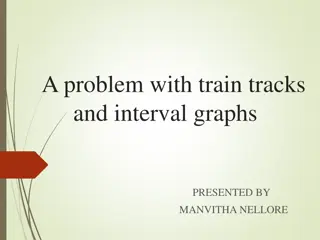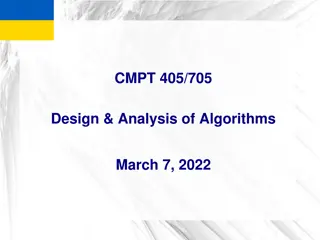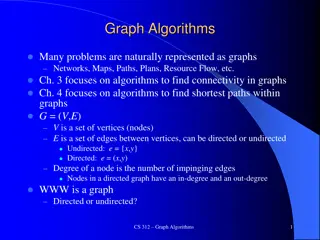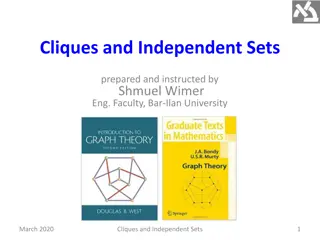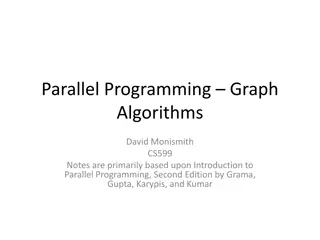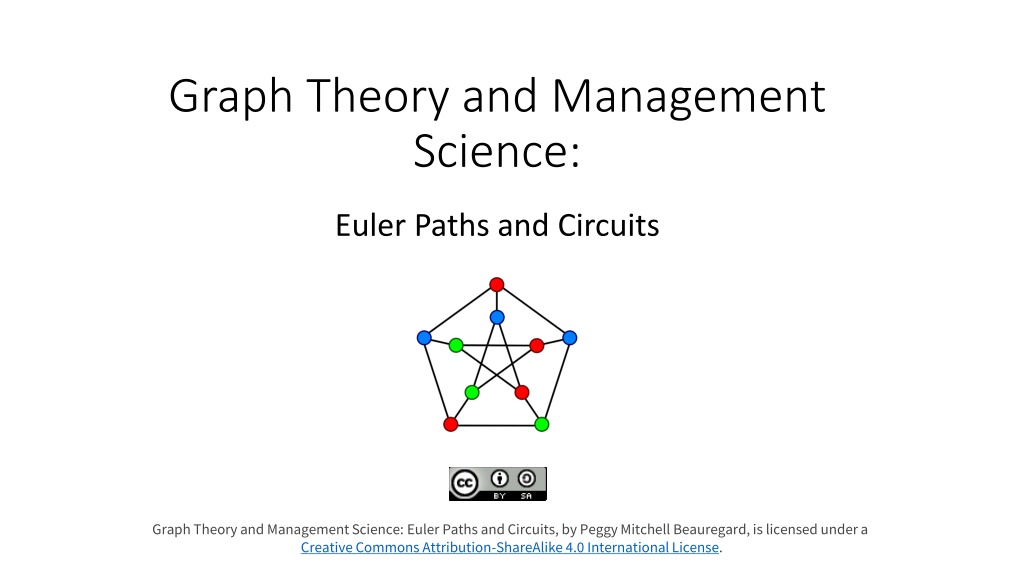
Understanding Graph Theory in Management Science
Explore the concept of Euler paths and circuits in graph theory within the context of management science. Learn how graphs simplify complex problems, as demonstrated by Euler's analysis of the bridges in Konigsberg. Discover the language of graphs, including vertices and edges, and how they are used to represent relationships in various scenarios, such as housing development and social networks.
Download Presentation

Please find below an Image/Link to download the presentation.
The content on the website is provided AS IS for your information and personal use only. It may not be sold, licensed, or shared on other websites without obtaining consent from the author. If you encounter any issues during the download, it is possible that the publisher has removed the file from their server.
You are allowed to download the files provided on this website for personal or commercial use, subject to the condition that they are used lawfully. All files are the property of their respective owners.
The content on the website is provided AS IS for your information and personal use only. It may not be sold, licensed, or shared on other websites without obtaining consent from the author.
E N D
Presentation Transcript
Graph Theory and Management Science: Euler Paths and Circuits Creative Commons License Graph Theory and Management Science: Euler Paths and Circuits, by Peggy Mitchell Beauregard, is licensed under a Creative Commons Attribution-ShareAlike 4.0 International License.
Euler Paths and Circuits The Pregel River meanders through the Prussian city of Konigsberg, crossed by seven bridges connecting the land masses, as shown in the picture. For the perfect evening date, couples would wander across the bridges. Leonard Euler, a well known mathematician of the time, posed the question: Is it possible to cross all of the bridges exactly once and return to where you started? Euler reduced the complicated map to a model which simplified the problem, called a graph.
Turning a map into a graph: Eulers view of Konigsberg
The language of graphs Vertices, vertex (dots) Edges (lines) A loop connects a vertex to itself. (BB) Occasionally, we see an isolated vertex: not connected. (F) The edges of this graph, listed in random order, are AB, BC, CD, AD, DE, DE, EB, CD, and BB. Connected: all in one piece.
Here is a portion of a housing development from Missoula, Montana. As part of her job, the development s lawn inspector has to walk down every street in the development making sure homeowners landscaping conforms to the community requirements. Sam Beebe. http://www.flickr.com/photos/sbeebe/2850476641/, CC-BY You might be able to imagine that this neighborhood would look a lot simpler without the complexities of the picture
If you put the vertices in a different layout, the graph would still be correct. P O Q M C C E B M B E F I A A D G N O H J N D K I Q P J G R L R H L F K These two graphs are isomorphic, because they contain the same vertex set and edge set.
We can draw graphs to represent relationships, as well. The table below shows which students in a group are friends. Draw a graph to model the situation. Label the vertices with the first letter of each student, and draw an edge between two vertices if the students are friends.
Practice: List the edge set for the graph. List the vertex set. Two vertices are adjacent if they are joined by an edge. Which vertices are adjacent to vertex E? Two edges are adjacent if they share a common vertex. Name ALL edges adjacent to CF. The degree of a vertex is the number of edges meeting at that vertex. Label each of the vertices with their degree, and classify them as even or odd (based on if the number is even or odd).
The degree of a vertexEven or Odd? The degree of a vertex is the number of edges meeting at that vertex. Label each of the vertices with their degree, and classify them as even or odd (based on if the number is even or odd). Simple, right? Simple, but important
Unicursal drawingsCan you trace it without lifting your pencil? Does it matter where you start?
A few more definitions from Euler An Euler path is a path that uses every edge in a graph with no repeats. Being a path, it does not have to return to the starting vertex. An Euler circuit is a circuit that uses every edge in a graph with no repeats. Being a circuit, it must start and end at the same vertex. A graph is Non-traversable if you cannot trace each edge exactly once, without repeats and without missing any.
Count the degree of each vertex. EP, EC or NT? Can we find a pattern? 4. 3. 2. 1. 7. 8. 6. 5.
Eulers Theorems A graph will contain an Euler circuit if all vertices have even degree A graph will contain an Euler path if it contains exactly two vertices of odd degree. A graph is non-traversable if it has more than two vertices of odd degree.
Revisit the unicursal drawings Can you trace it without lifting your pencil can be reworded as does the graph have an Euler Path or Circuit?
Sources: College Mathematics for Everyday Life, Kathryn Kozak et al (Coconino Community College) CC-BY-SA, http://www.coconino.edu/resources/files/pdfs/academics/arts-and- sciences/MAT142/Chapter_6_GraphTheory.pdf Math in Society, David Lippman, CC-BY-SA, http://www.opentextbookstore.com/mathinsociety/

